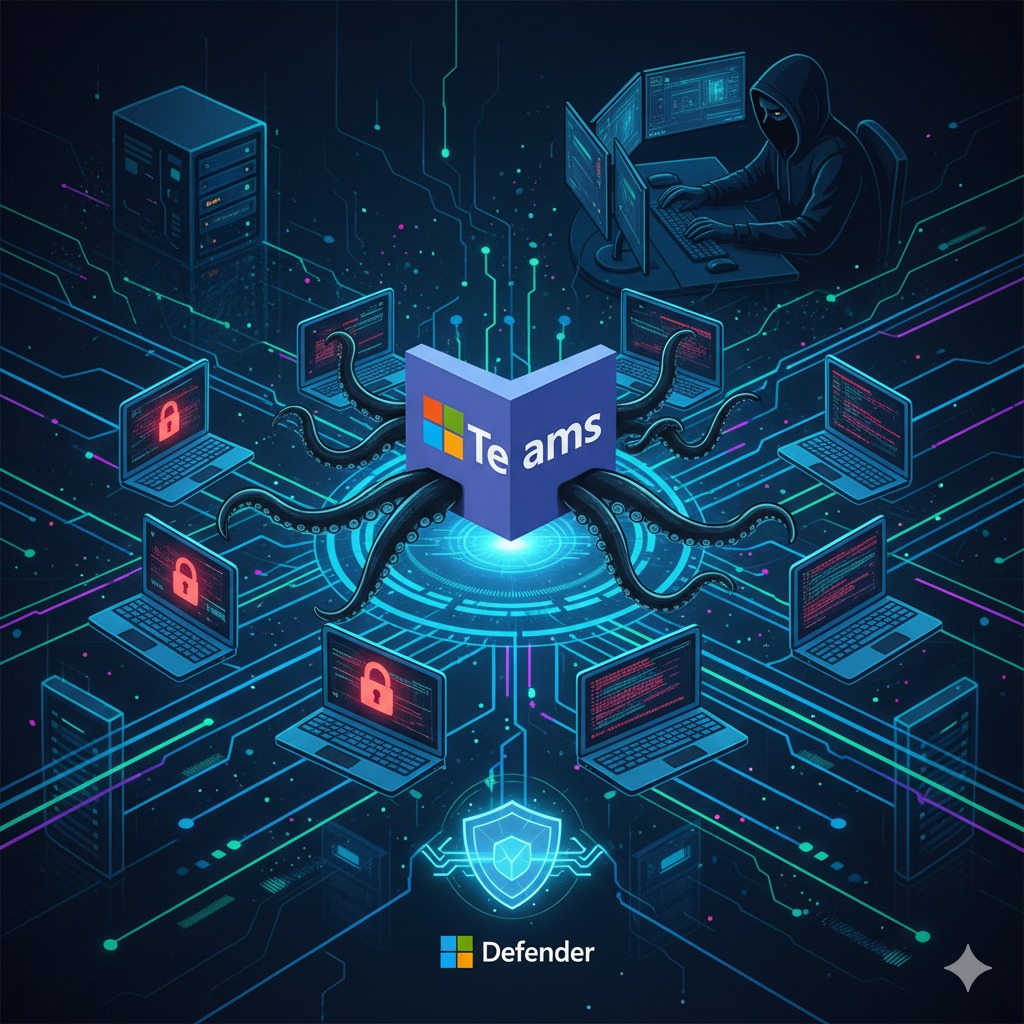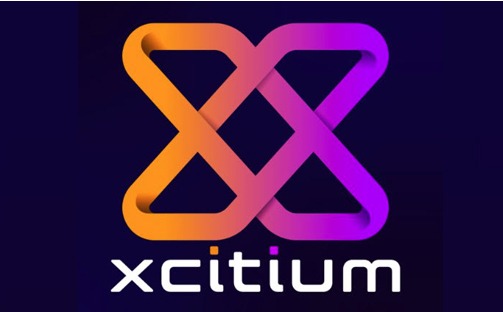Organized Cyberattack Uses Microsoft Teams to Infect Victims with Oyster Malware

Organized Cyberattack Uses Microsoft Teams to Infect Victims with Oyster Malware
Cybersecurity experts recently discovered an attack method that indicates an alarming level of sophistication in modern malvertising (malicious advertising) campaigns. In this latest wave of attacks, threat actors leveraged SEO poisoning techniques and paid search engine advertisements to trap unsuspecting users into downloading a fake installer for the popular application, Microsoft Teams.
This deceptive download served as a perfect disguise, ultimately planting the Oyster backdoor into victims' Windows systems. The successful infiltration provided a critical initial foothold for the attackers inside corporate internal networks.
Despite the system being infected, the attack was successfully neutralized thanks to Microsoft Defender and its Attack Surface Reduction (ASR) rules. ASR managed to block the malware’s attempt to communicate with its external command-and-control (C2) server, preventing data theft, the deployment of ransomware, or any further compromise.
Understanding the Oyster Backdoor: A Key Ransomware Enabler
The Oyster backdoor—also known as Broomstick or CleanUpLoader—first appeared in mid-2023. Since then, the malware has been linked to numerous large-scale intrusion operations. Its primary functions include providing capabilities for:
- Remote Control: Allowing attackers to execute arbitrary commands and deploy additional malware payloads.
- Data Exfiltration: Enabling the theft of sensitive files and credentials to be transferred to attacker-owned infrastructure.
- Access Persistence: Ensuring attackers can maintain long-term access to the system.
Over time, Oyster has become a critical component used by major ransomware groups, such as Rhysida, to infiltrate corporate networks, elevate privileges, and ultimately encrypt systems.
Forensic analysis conducted by Conscia revealed an attack chain designed for speed and evasion:
- Search Engine Lure: The attack began when an employee performed a routine search for Microsoft Teams on Bing. A malicious link, highly positioned thanks to malvertising or SEO poisoning, immediately redirected the victim through a rapid chain (e.g., from bing.com to team.frywow.com, and finally to teams-install.icu).
- Spoofed Download Page: The victim was led to a fraudulent domain (teams-install.icu) that closely mimicked the official Microsoft download site. This site delivered a malicious executable named MSTeamsSetup.exe.
- Execution and Injection: Once downloaded and executed, the file masquerading as the Teams installer deployed the Oyster backdoor. However, the malware's attempt to "call home" to its C2 server was instantly blocked by Microsoft Defender's ASR rules, neutralizing the attack just an hour after the download.
Digital Certificate Abuse: Bypassing Traditional Defenses
One of the most sophisticated aspects of this campaign was how attackers exploited legitimate code-signing certificates.
- Short-Lived Legitimacy: The malicious executable was signed using a valid certificate—for example, in the name of the entity “KUTTANADAN CREATIONS INC.”—but the certificate was valid for only a very brief period, often just two days.
- Attacker Advantages:
- Evading Signature Detection: Legacy security tools often trust digitally signed files, allowing the malware to slip past initial checks.
- Preventing Revocation: The short lifespan of the certificate severely limits the time security vendors have to analyze, blacklist, and revoke it.
The continuous use of fresh, legitimate certificates—indicated by other entities like “Shanxi Yanghua HOME Furnishings Ltd”—highlights a highly organized, large-scale operation deliberately exploiting digital trust.
Implications and Precautionary Measures
This campaign confirms a trend where threat actors systematically impersonate trusted IT tools (like PuTTY, WinSCP, and Microsoft Teams) to target administrators and power users who hold high-value credentials.
Without real-time protection like ASR, the Oyster backdoor would grant persistent access for stealing sensitive data and launching subsequent ransomware attacks, emphasizing that behavior-based defense is far more critical than slow, signature-based detection.
Key Recommendations for Organizations:
- Verify Download Sources: Always download software only from official vendor domains, not from search results or advertisements.
- Check Digital Signatures: Verify the digital signatures and checksums of any installer before execution.
- Enhance Endpoint Defense: Deploy advanced EDR (Endpoint Detection and Response) tools and activate behavior-based security features like ASR to instantly block suspicious activity.
- Employee Education: Provide regular training to employees, especially IT staff and administrators, on the dangers of malvertising and download scams.
The sophistication of attacks that use legitimate services (such as cloud hosting and code-signing certificates) to fool traditional defenses demonstrates that organizations must continuously update security policies and re-evaluate the level of trust placed in digital certificates. Proactive, layered, and real-time defense is the only way to counter tactics that can compromise systems in a matter of minutes.
Need Any Technology Solution






